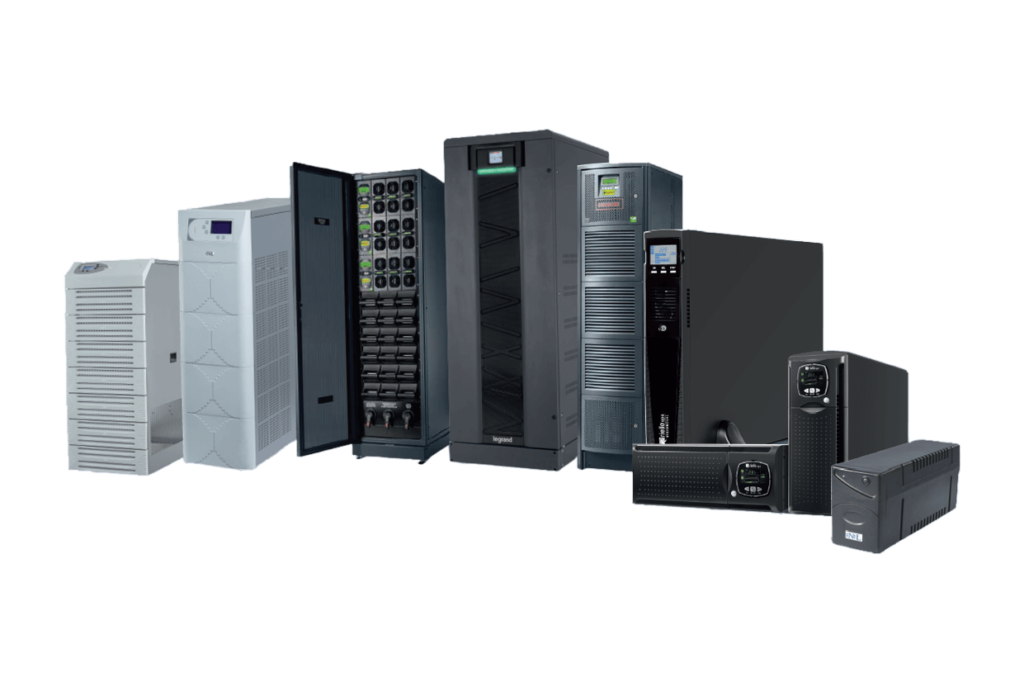This is the first summer since moving to our current apartment that we’ve had regular power issues due to heat. For the past month or so, we’ve occasionally had blips in power of varying lengths, sometimes long enough to shut off electronics. After calling around and not getting closer to fixing the problem, I decided to opt into purchasing an uninterruptible power supply (UPS) for my computer, modem, and router, hopefully to weather these blips.
A UPS effectively acts as a surge protector with a built-in battery that can run your electronics when the wall outlet is providing dirty or no power. Even if the power you’re getting from the wall has a lot of fluctuations in power draw that would normally cause issues with how electronics perform, a UPS can even out that input from the wall and provide a more consistent power source to the devices connected it. Most of them also come with the ability to monitor via your computer, so you’ll be notified in the event that the UPS is no longer receiving power from the wall or if the power being provided isn’t within the scope of what it considers “clean”.
If you’re thinking about buying a UPS, there are a couple things to consider to make sure you’re getting what you’re paying for:
- The UPS will always be bottlenecked by whatever power is provided by the wall, so even if the UPS has 10 outlets on the back, that doesn’t mean they can all be used simultaneously without running into problems. I initially had two computers running off the UPS and it would regularly push past the wattage limit it is rated for when either computer was running under any significant load. (I expected as much and was prepared to remove the secondary PC from the UPS, so this wasn’t a major issue.)
- Related to the last point, the UPS always needs to be specked out to accommodate the maximum power draw of your devices, not the baseline. Things like AC units and computers have high variance in how much power they draw at any given time and can easily push past the UPS’ maximum load if that wasn’t considered beforehand.
- Lastly, you’ll want to read the manual and look through all the settings in the management application. Nothing is worse than deciding to wing it, leaving everything as default after initially plugging in your hardware, then having the UPS produce a loud, piercing screech at 2 in the morning because it lost power for half a second.
Case in point, a UPS is a good solution if you’re having regular power issues or need to make sure a mission-critical computer never has an unexpected shutdown, it just requires some planning first. If that sounds a bit daunting, call up one of the Birds about it! I hear they know a thing or two.

